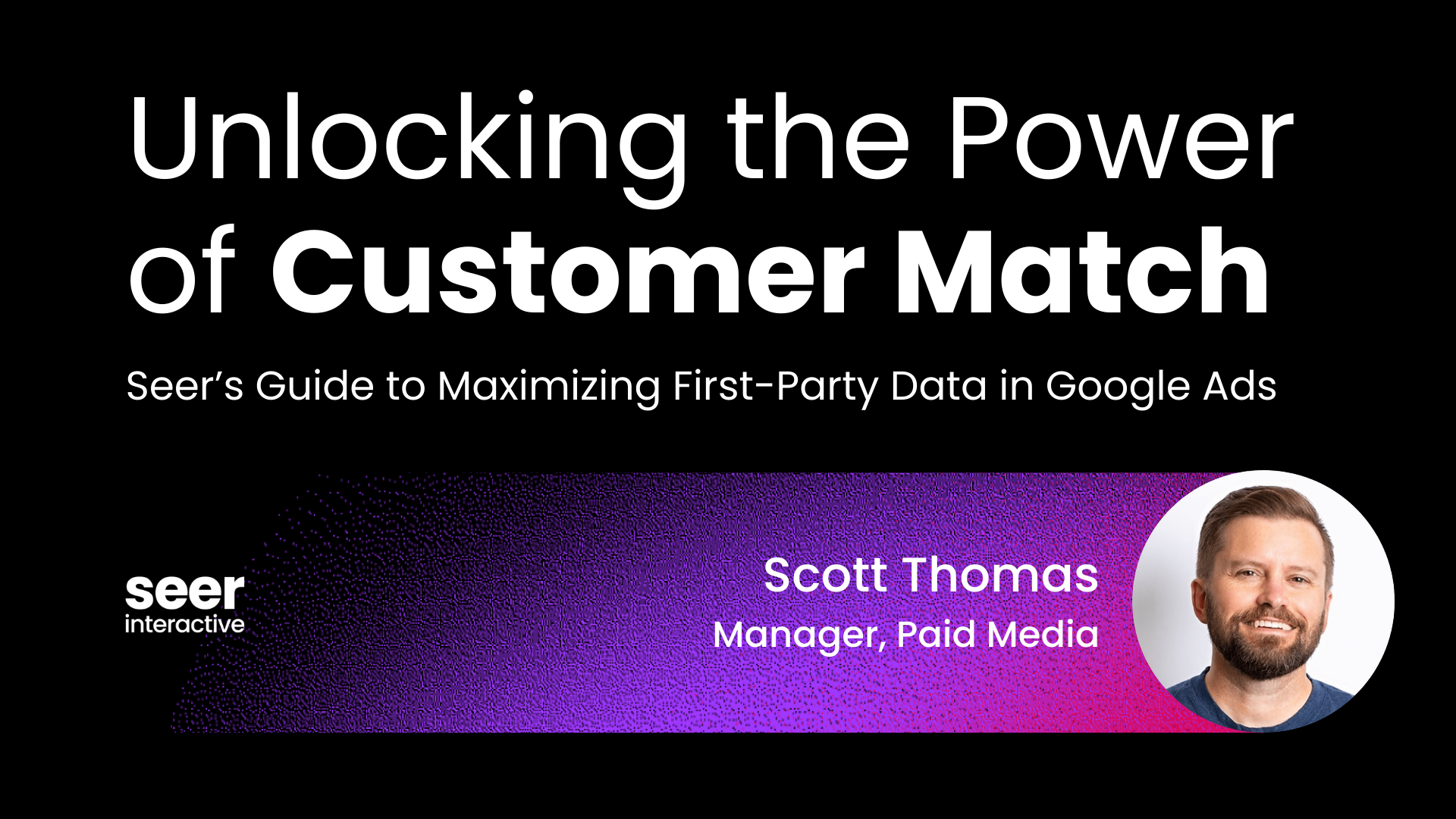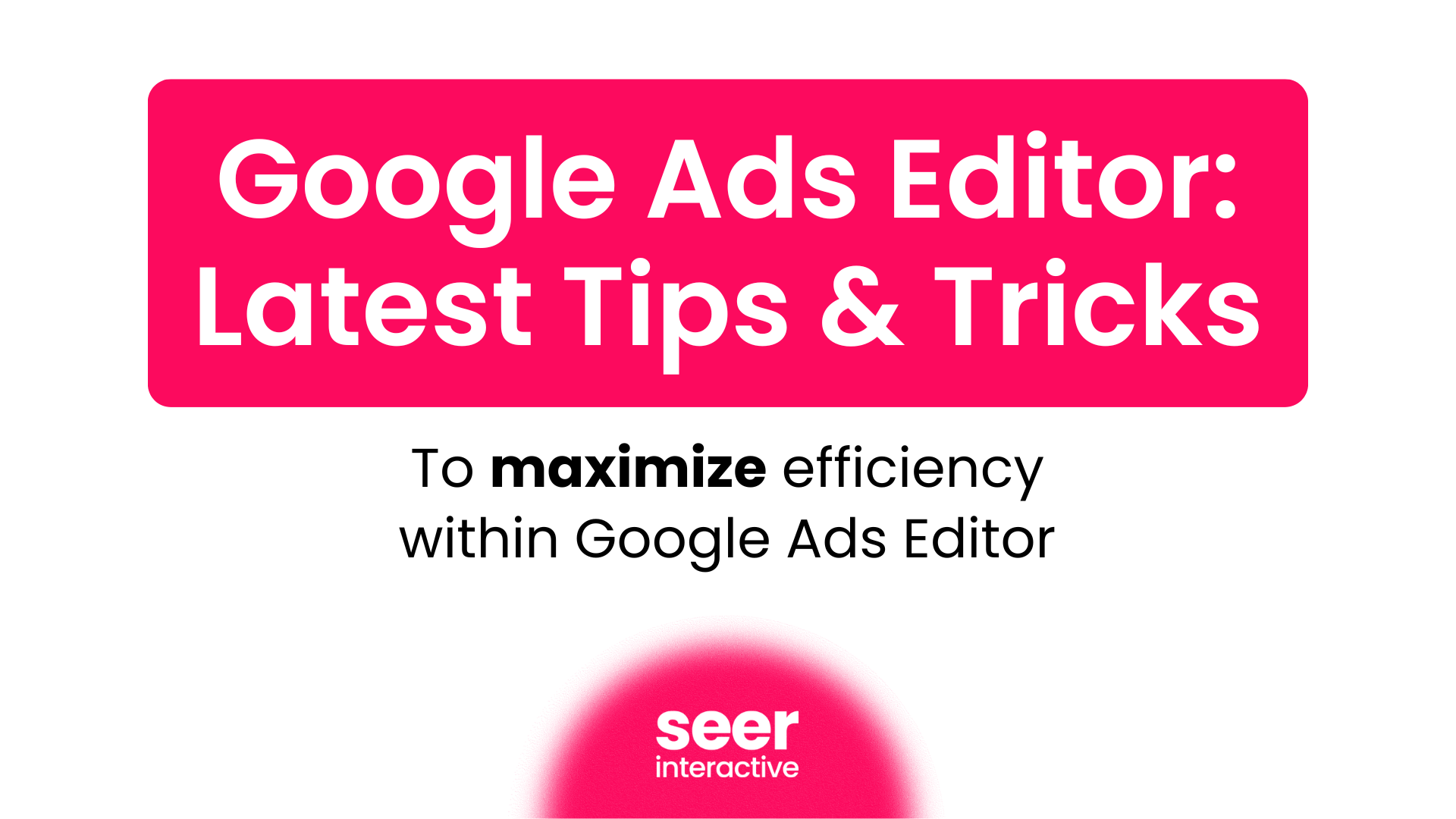Are your Responsive Search Ads (RSAs) not performing as well as you had hoped? Do you have RSAs with a very narrow scope and it’s challenging to provide a full set of assets of 15 headlines and 4 descriptions? Or perhaps it’s tough to justify the time investment. As an agency, we have encountered situations like these and set out to test the potential performance boost of using a full set of assets in RSAs.
We revised RSAs and recorded the ad strength ratings for each RSA prior to the revisions. Initially, most of the RSAs had an incomplete set of assets (less than 15 headlines and 4 descriptions). We aimed to increase the number of ads rated as “Good” and “Excellent” by giving each ad a full complement of assets.
Our testing process and results
Initially, the primary focus was to improve RSA ad ratings across the board for a client. We started with a set of non-brand campaigns that would not have any other major performance efforts during the test period. We pulled all RSAs and generated a full set of headlines and descriptions, focusing on ads rated “Poor” to “Good” to increase the likelihood of achieving excellent-rated RSAs. Since Google does not let us know when ratings change, we kept a record of the ratings and built net-new ads with labels to track changes after 30 days. The pre-existing ads were labeled and paused. During this test, there were no other major campaign changes that could have impacted the results.
Across the campaigns with revised RSAs, we saw significant performance improvements with no impact to the budget. Impressions, traffic (clicks), and ad engagement (CTR) increased, while cost-per-click (CPC) decreased. We also saw improved conversion efficiency through increased conversion volume and decreased cost-per-acquisition (CPA).

RSAs rated “Excellent” increased by 73% during this test, as the result of improving many “Average” and “Good”-rated ads. Interestingly, the proportion of ads rated “Poor” and “Average” increased slightly during this test. It’s important to note that ads with these ratings were predominantly in competitor ad groups. Since one cannot use competitors’ branded terms in headlines or descriptions, improving the ratings of these RSAs is often challenging and a refresh can trigger changes in ratings.
How to track the ad strength rating for responsive search ads
If you want to compare changes over time, you will need to download the data at a point in time and then recheck it in the future. Labeling your ads to track changes makes it easier to pull and analyze your data.
[TIP] Responsive Search Ads usually need about 2,000 impressions in the Google Top segment over 30 days to display a rating.
Once you have added your new RSAs, allow them to run long enough to generate solid ad ratings. Our test indicates that with sufficient impression volume, we saw improved ad ratings after only 30 days.
Efforts to improve RSAs may support the need for campaign restructuring
If you are struggling with refining your keyword mix for your RSAs, consider restructuring your ad groups to focus on the right volume keywords per ad group. Having the right volume of keywords (not too narrow nor too broad) within an ad group theme can make it easier to generate unique headlines and descriptions. In addition, utilize a core set of brand-friendly headlines and descriptions that are the foundation of all your RSAs within a campaign.
Overcoming reluctance to generate a full set of assets for RSAs and improve ad strength ratings
We have used these results to encourage using a full complement of assets in RSAs and support efforts to improve ad strength ratings. At times, we encounter resistance to generating a full set of assets. For example, it can be difficult to get the proper impression volume across all 15 headlines to make informed decisions about efficacy or it can be challenging to get ad copy approvals for compliance purposes. While most everyone wants to see ad strength ratings improve, we recognize that securing buy-in for generating a full set of assets can be a challenge.
We’re here to help
I hope you’ve found the results of this test helpful. If you are meeting resistance in your efforts to improve RSAs, we encourage you to set up your own experiment and test the impact of your efforts. We would love to hear about your results, either positive or negative.
Do you still have lingering questions to ask the Seer team regarding Google Search Ads and how to optimize your campaigns?
Generate AI Use Disclosure:
This blog post was edited and optimized with AI, but the final output was generated by me, a human.


